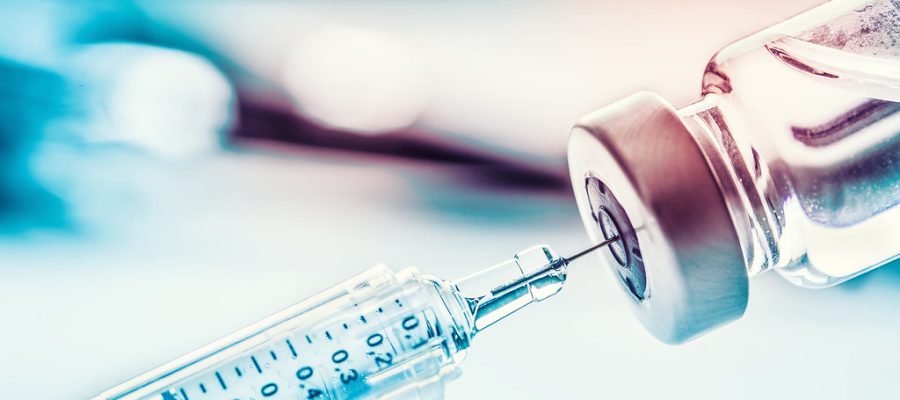By: Ashley DaBiere Debates over the proper scope of intellectual property protections during the COVID-19 pandemic have occupied newspaper headlines since the first vaccines were developed nearly three years ago. Scholars and key politicians from several nations considered the implementation of a global patent waiver in an effort to make the vaccines more widely available in developing parts of the world. Although the question of whether such a waiver would fulfill this goal remains empirically unanswered and up for debate, the legal structure of United States patent law would make its implementation by Congress difficult given the value placed on intellectual property protections since America’s birth. If lawmakers wish to consider limiting patent rights in an inevitable future pandemic or other national emergency, they would be wise to consider these legal issues ex-ante by revising the Bayh-Dole Act and the existing patent law takings provision. Download Full Article (PDF) Cite: 20 Duke L. & Tech. Rev. 68


